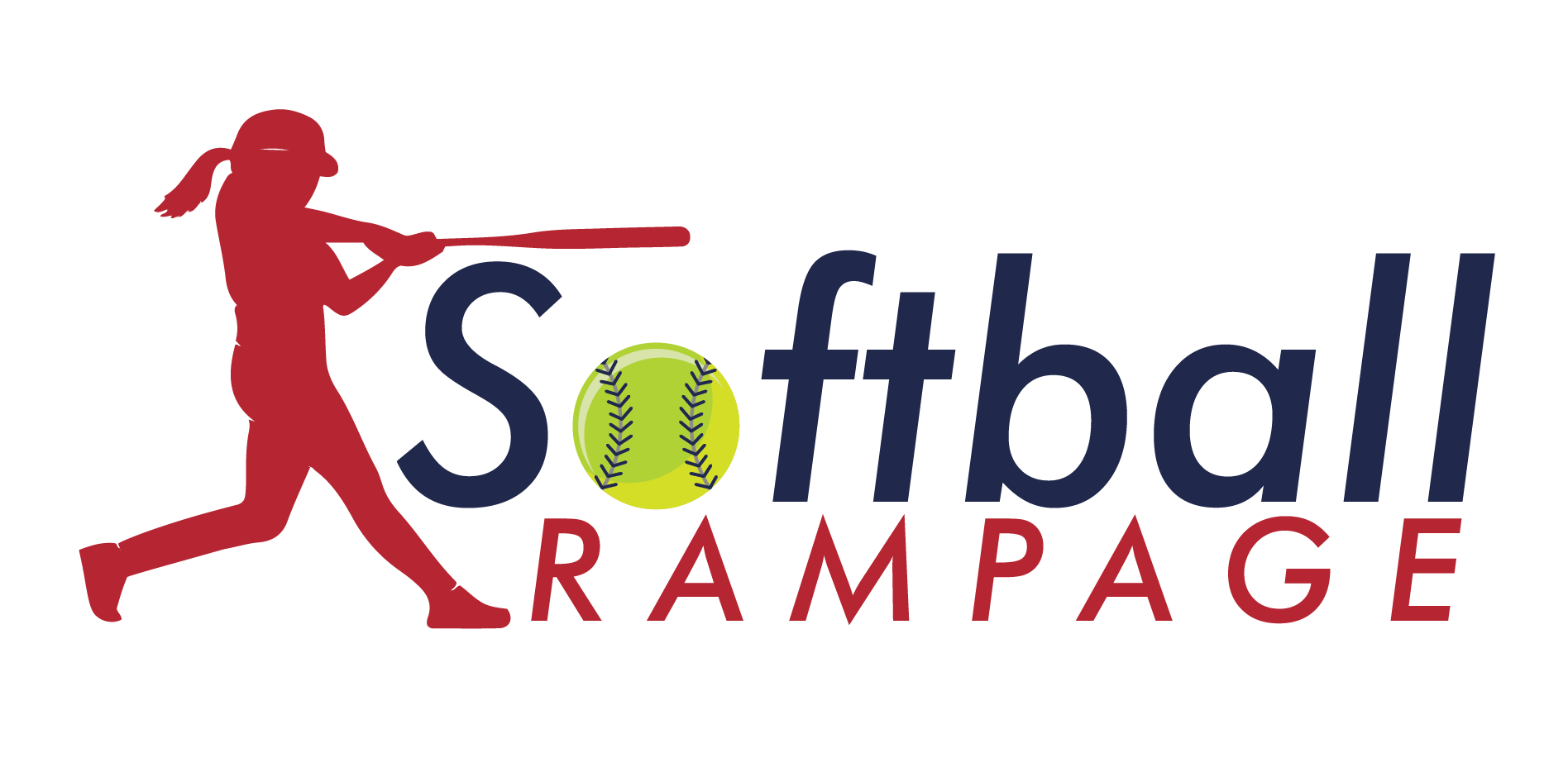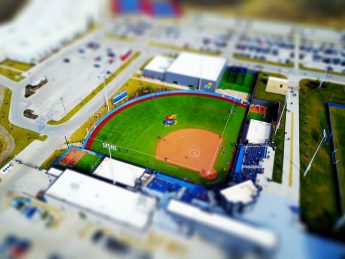Introductions
Quick Navigation
Softball is a game that involves members of a team taking turns as batters playing against the team of fielders. The game of softball, especially its Positions, may seem complicated for someone who is new to the sport and wants to learn, but don’t worry, I will educate you on the different softball positions and the roles they play on the field. For more inquiry on softball game, you can check out;Softball
What is the number of players in a softball game
Before listing the different positions and the roles they play, you should first know the number of players in a softball game. Each team in softball should have a minimum of 9 players active for the game and a maximum of 10 players active for each team, making each softball game have a total of either 18, 19, 20 players. The nine-player minimum was put in place to ensure each team has an adequate number of players for each position. The tenth slot allows for substitution in case a player gets injured.
Number of positions in softball
They are nine positions; these positions are broken into three categories: outfield, infield, and pitcher & catcher. The positions are played by teams present in the field, which means they are not batters. The batting team has only one position, which is the batter. The batter tries to hit the ball thrown by the opposing team pitcher
List of the different positions in softball
Left field
A left fielder is found in the outfield and has the responsibility of line drives, catching balls, and fielding ground balls that pass the infield. The left fielder position is closest to the third base in the outfield on the left side of the field. An outfielder arm must be healthy to make very long throws back infield.
Center field
It is also part of the outfield and shares the exact responsibilities as the left fielder: catching fly balls, line drives, and fielding ground balls in the outfield. The center fielder’s position is behind the second base in the middle of the outfield between left and right. Center fielders must possess a strong arm also in other to throw balls from outfield to infield.
Right field
It is the final position of the outfield. The right fielder has the same responsibilities as the left and center field. It is positioned behind the first base in the outfield on the right side of the field. It is not only crucial for outfielders to have strong arms but also have ball tracking skills. Outfielders being able to trackballs in the air will help them field the balls more efficiently.
Third baseman
It is part of the infield, and the third baseman is responsible for covering the third base. Their position is a couple of feet towards the second base that allows the fielder to cover a broader infield range. The third baseman should field all balls hit in their area. Also, a throws for team members throwing out the opposing team member at third. The third baseman must also throw the ball to the catcher before the opposing team player reaches the home plate. They must have a strong arm to make long throws to the first base the opposing team runner does.
Shortstop
It is also part of the infield and plays a very vital role. The shortstop is responsible for covering the gaps between the second and third bases and is positioned in the middle of the two bases. The shortstop covers the second base with the second baseman and split responsibilities depending on where the ball hit in the field. It often involves turning double plays with the second baseman. The shortstop usually has the most responsibility and is usually the team’s most versatile player.
Second baseman
It is also part of the infield, and the second baseman is positioned between the first and second base. The second baseman is mainly responsible for catching pop-ups, fielding ground balls hit in the area, and covering the second base with the shortstop, which depends on where the ball hits. The second baseman is mostly right-handed so that they improve their efficiency.
First baseman
It is the final part of the infield. The first baseman is positioned a couple of feet from the first bag towards the second base. The first baseman’s primary responsibility is to cover the first base and field any ground balls or pop-ups in that area.
The pitcher
The pitchers throw the ball from the center of a diamond called the pitcher’s mound, standing with both feet on the pitcher’s rubber (a rectangularly shaped area of the mound) while throwing the ball to the catcher. The goal of the pitcher is to throw balls within the batter strike zone. The pitcher must use an underarm motion to throw the ball. Once the pitcher has thrown the ball, he or she then becomes a fielder. They have the responsibility to catch and field ground balls and pop-ups within their area. They also cover first base when first basemen cannot.
The catcher
The catcher takes a position directly behind the home plate and is responsible for catching each pitcher’s throw. The catcher provides a target within the batter’s strike zone and covers the home plate when the opposing team player tries to score. The catcher must know how to communicate effectively by signaling the pitcher to a specific pitch.
The batter
The batter is simply a player trying to hit the ball thrown by the pitcher into the field. The catcher’s goal is to hit the ball the pitcher throws, quickly advance through each base before reaching the home plate, and score a run for your team.
Conclusion
With the article, I have written above. I am sure you now understand the different softball positions and the roles they play in those positions. For more information on softball, check out;
Top Softball Slowpitch Hitting Drills‘
Top Softball Fastpitch Hitting Drills- How to Increase Power?‘
Softball Infield Fly Rule Explained‘

